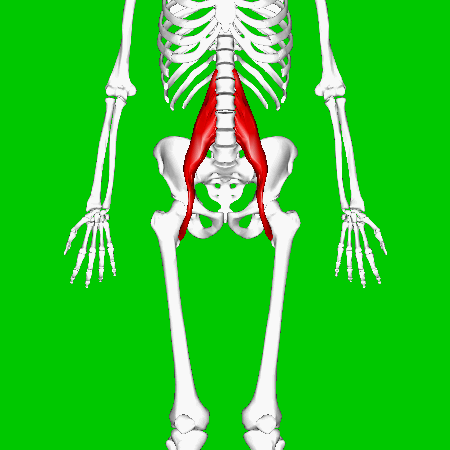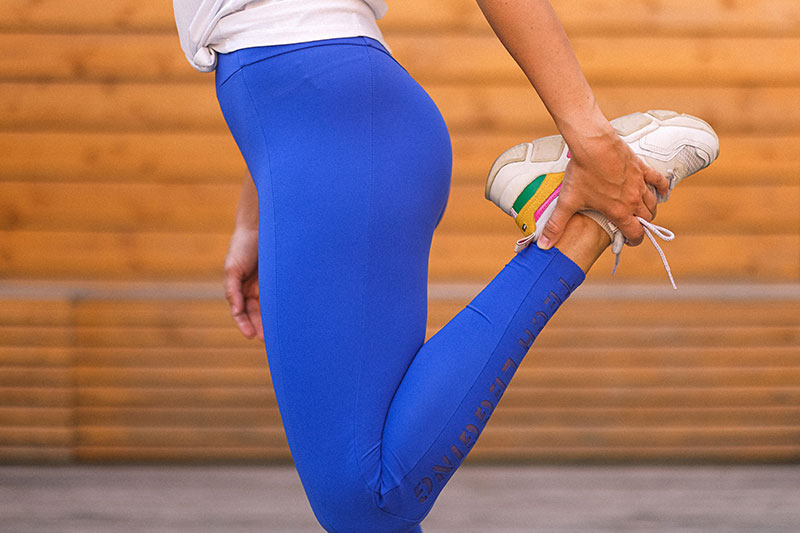Unlocking the Secrets of the Psoas Muscle: Its Relationship to Back Pain and Overall Flexibility
Introduction:
Hidden deep within our bodies lies a muscle that holds great power over our posture, flexibility, and even back pain—the psoas muscle. Often overlooked, the psoas plays a crucial role in maintaining stability and mobility in the hip joints and spine. In this article, we will explore the clinical significance of the psoas muscle, its connection to back pain, and how its flexibility impacts our overall well-being.

Understanding the Psoas Muscle:
- The Anatomy of the Psoas Muscle: The psoas muscle, formally known as the iliopsoas, is a deep-seated muscle that spans from the lumbar vertebrae to the femur. It consists of two parts: the psoas major and the iliacus. Together, these muscles work in harmony to flex the hip joint, stabilize the spine, and play a role in maintaining proper posture. The psoas muscle is responsible for actions such as lifting the thigh towards the chest, rotating the hip, and bending forward at the waist.
- The Psoas-Back Pain Connection: A tight or imbalanced psoas muscle can be a contributing factor to back pain. When the psoas muscle becomes chronically shortened or tight, it can pull on the lumbar spine, causing increased curvature and potentially leading to lower back pain. This tension can also affect the alignment of the pelvis, potentially resulting in postural imbalances, discomfort, and limited mobility. By addressing the flexibility and health of the psoas muscle, individuals can often alleviate or prevent back pain and improve overall spinal health.
- Flexibility and the Psoas Muscle: Maintaining optimal flexibility in the psoas muscle is essential for overall well-being and functional movement. A flexible psoas muscle allows for a full range of motion in the hip joints, enabling smooth walking, running, and other physical activities. Additionally, a supple psoas muscle supports proper posture, as it helps to balance the tension between the lower back and abdominal muscles. By cultivating flexibility in the psoas muscle, individuals can enhance their overall mobility, reduce the risk of injuries, and improve their quality of life.
- Techniques for Psoas Muscle Release and Flexibility: There are several techniques individuals can use to release tension and improve flexibility in the psoas muscle. Gentle stretching exercises, such as the supine leg stretch or lunge stretch, can help lengthen and relax the psoas muscle. Regular foam rolling or self-massage techniques targeting the hip and lower back area can also provide relief and improve flexibility. Additionally, engaging in activities like yoga or Pilates that focus on hip opening and core strengthening can support a healthy and flexible psoas muscle.
Conclusion:
The psoas muscle, often overlooked but of great importance, plays a significant role in back pain and overall flexibility. Understanding the anatomy and function of the psoas muscle empowers individuals to take proactive steps in addressing any imbalances or tightness that may contribute to discomfort. By incorporating exercises, stretching, and self-care techniques to release and improve the flexibility of the psoas muscle, individuals can enhance their posture, reduce back pain, and improve overall mobility and well-being.
Are you looking for an effective way to unlock your hip flexors? Click here for a more info.






